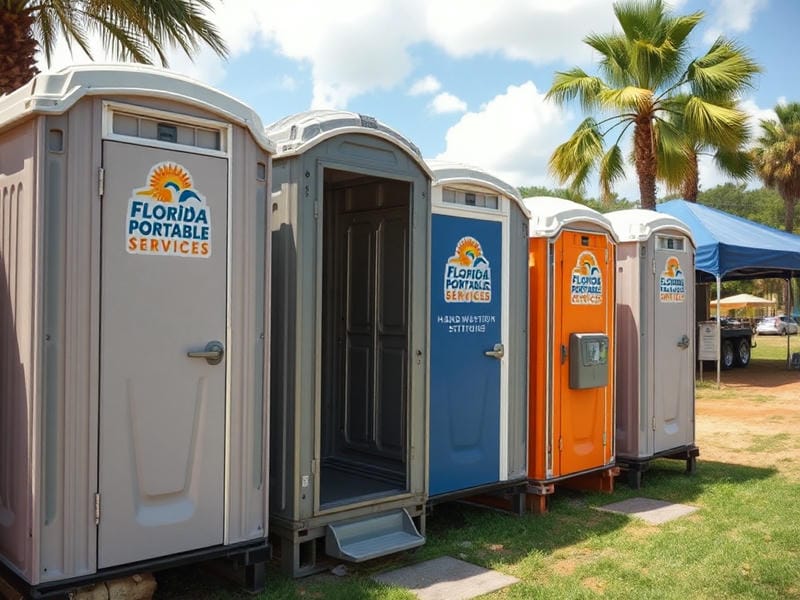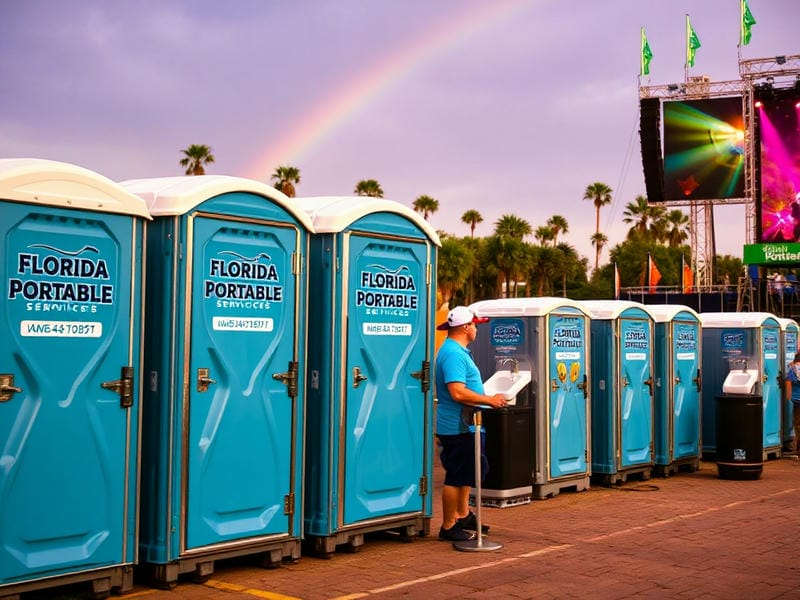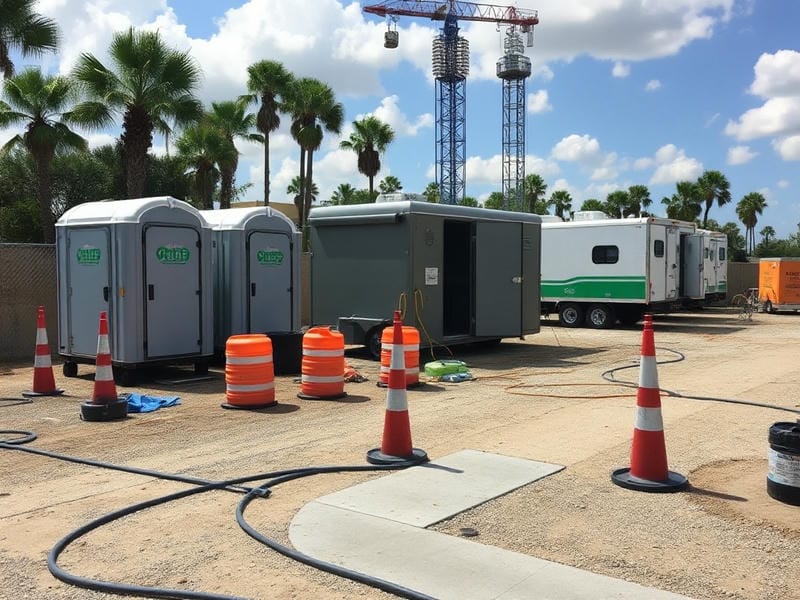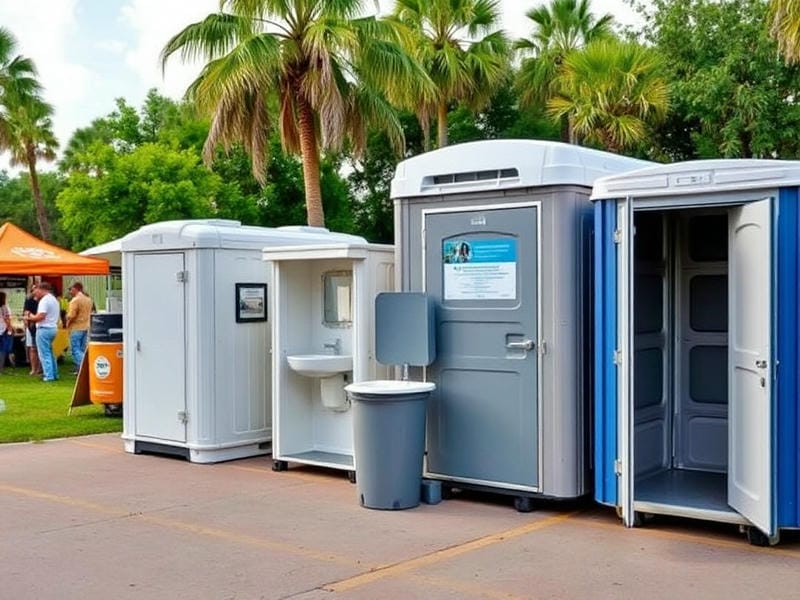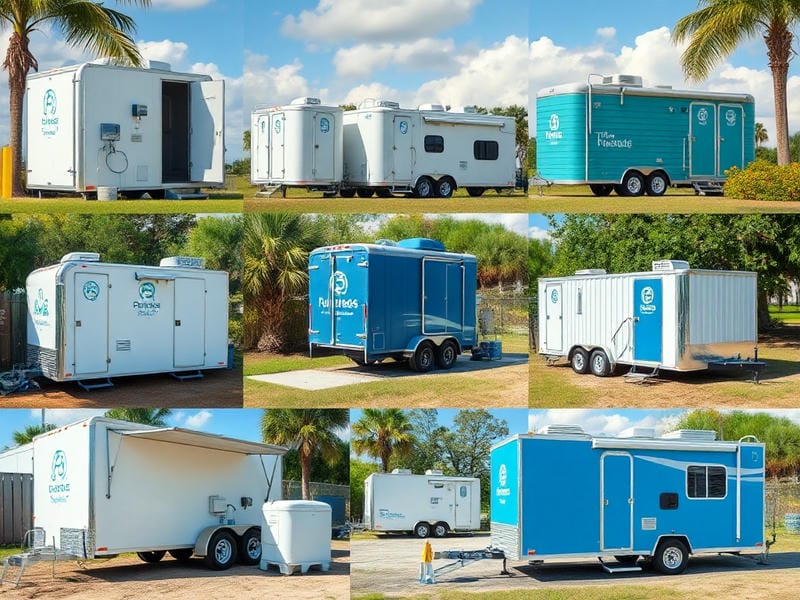
Key Features of ADA-Compliant Portable Restrooms
How Portable Restroom Rentals Meet OSHA Requirements
The portable restroom rental industry has emerged as a vital component in ensuring convenience and hygiene across numerous events and worksites. From music festivals to construction sites, these mobile sanitation solutions cater to diverse needs, providing accessibility and comfort where traditional facilities are unavailable. A critical aspect of this industry's operations is compliance with the Occupational Safety and Health Administration (OSHA) requirements, which ensure that workplaces maintain high standards of health and safety.
OSHA mandates specific guidelines for sanitation facilities on job sites, particularly those concerning the number of restrooms required based on the workforce size, their maintenance, and overall accessibility. Portable restroom rentals have adeptly aligned themselves with these regulations, offering a range of products that meet or exceed OSHA's stipulations.
One of the primary requirements set by OSHA is the provision of an adequate number of restrooms relative to the number of employees. This ensures that workers have reasonable access to sanitation facilities throughout their workday. A variety of portable restroom options are available for different needs. port a potty rental near me pump. Portable restroom rental companies offer scalable solutions that can be adjusted according to project size and duration. For instance, a large construction site might require numerous units strategically placed around the area to minimize downtime and enhance productivity.
In addition to quantity, OSHA emphasizes the importance of maintaining clean and hygienic facilities. Portable restroom providers address this through regular servicing schedules that include waste removal, restocking supplies such as toilet paper and hand sanitizers, and thorough cleaning procedures. Many rental units are equipped with features like ventilation systems and handwashing stations to further promote user comfort and hygiene.
Accessibility is another crucial facet covered under OSHA regulations. Temporary worksites must accommodate all employees, including those with disabilities. The portable restroom industry has responded by developing ADA-compliant units equipped with ramps and spacious interiors designed for wheelchair access while meeting all necessary safety standards.
Moreover, these companies often offer environmentally friendly options such as solar-powered lighting or low-water usage models that align with broader organizational goals for sustainability without compromising on compliance or quality.
In conclusion, the portable restroom rental industry plays an integral role in upholding OSHA requirements across various settings by providing flexible, reliable, and compliant sanitation solutions. Through continuous innovation in design and service delivery models tailored to meet regulatory demands, this sector not only supports workplace safety but also contributes significantly to employee welfare by ensuring that basic human needs are met efficiently even in challenging environments. As industries continue to evolve alongside regulatory landscapes, portable restrooms remain steadfast allies in promoting healthful conditions wherever they are needed most.
